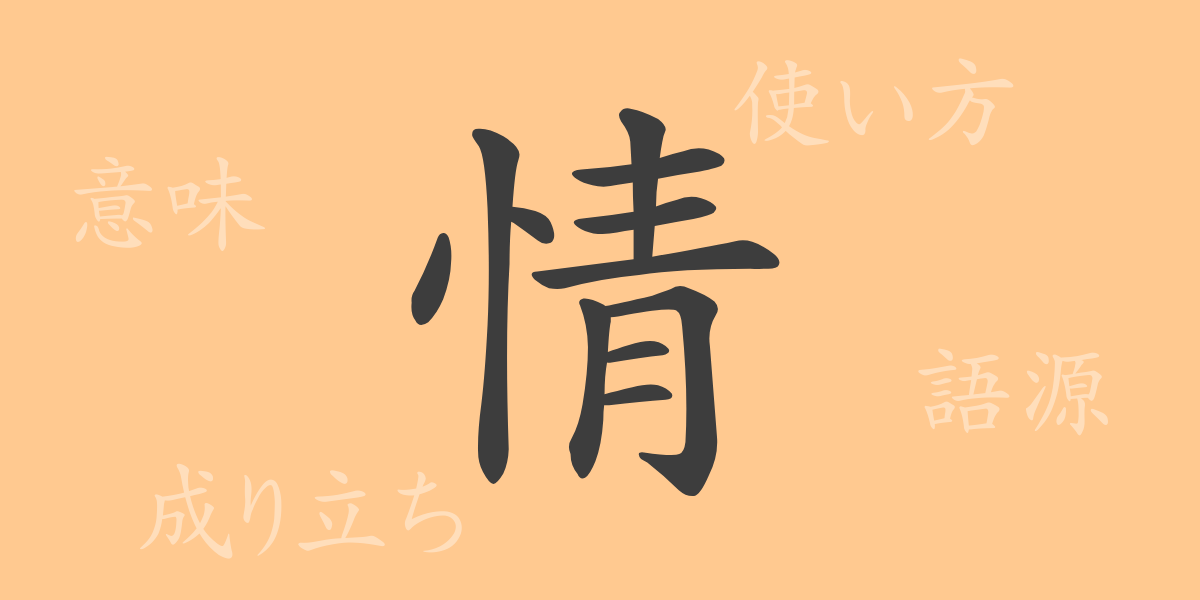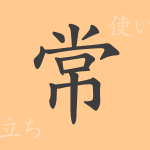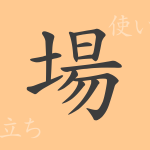The meaning of a single kanji character is deeply rooted in its shape and history. Among Japanese common kanji, “情” (じょう) is essential for expressing human emotions and connections between people. This article delves into the origins, modern usage, and the emotive phrases and proverbs of the kanji “情,” exploring its allure.
Origins of 情 (じょう)
The kanji “情” evolved from ancient Chinese pictographs. Originally, it was composed of “忄” (りっしんべん), representing the heart, and “青” (あお), denoting the color blue, illustrating a heart turning pale. Over time, it came to denote changes in emotion or deep feelings and is now used to express complex emotional states.
Meaning and Usage of 情 (じょう)
“情” refers to feelings, emotions, sentiments, such as compassion, or in some contexts, it pertains to situations and facts, as in “情報” (じょうほう), meaning information. “情” is used in various contexts, making it a versatile and multi-faceted kanji in Japanese.
Readings, Stroke Count, and Radical of 情 (じょう)
The kanji “情” is fundamental in reading and writing Japanese, equipped with basic and important elements:
- Readings: On’yomi (音読み) “ジョウ”; Kun’yomi (訓読み) “なさけ”
- Stroke Count: “情” has a total of 11 strokes.
- Radical: The radical is heart, also known as “忄” (りっしんべん).
Phrases and Proverbs Using 情 (じょう) and Their Meanings
There are numerous idioms, phrases, and proverbs that include “情” in Japanese. For example, the proverb “情けは人のためならず” (なさけはひとのためならず) teaches that acts of kindness ultimately benefit oneself. “情報” (じょうほう) refers to knowledge or news, and “人情” (にんじょう) denotes human warmth or kindness.
Conclusion on 情 (じょう)
The kanji “情” is deeply ingrained in our daily lives. Indispensable in expressing emotions, this character plays a crucial role in understanding human psychology and relationships. Through this article, we have learned about the rich meanings and uses of “情,” aiming to enrich our Japanese linguistic expressions.

























